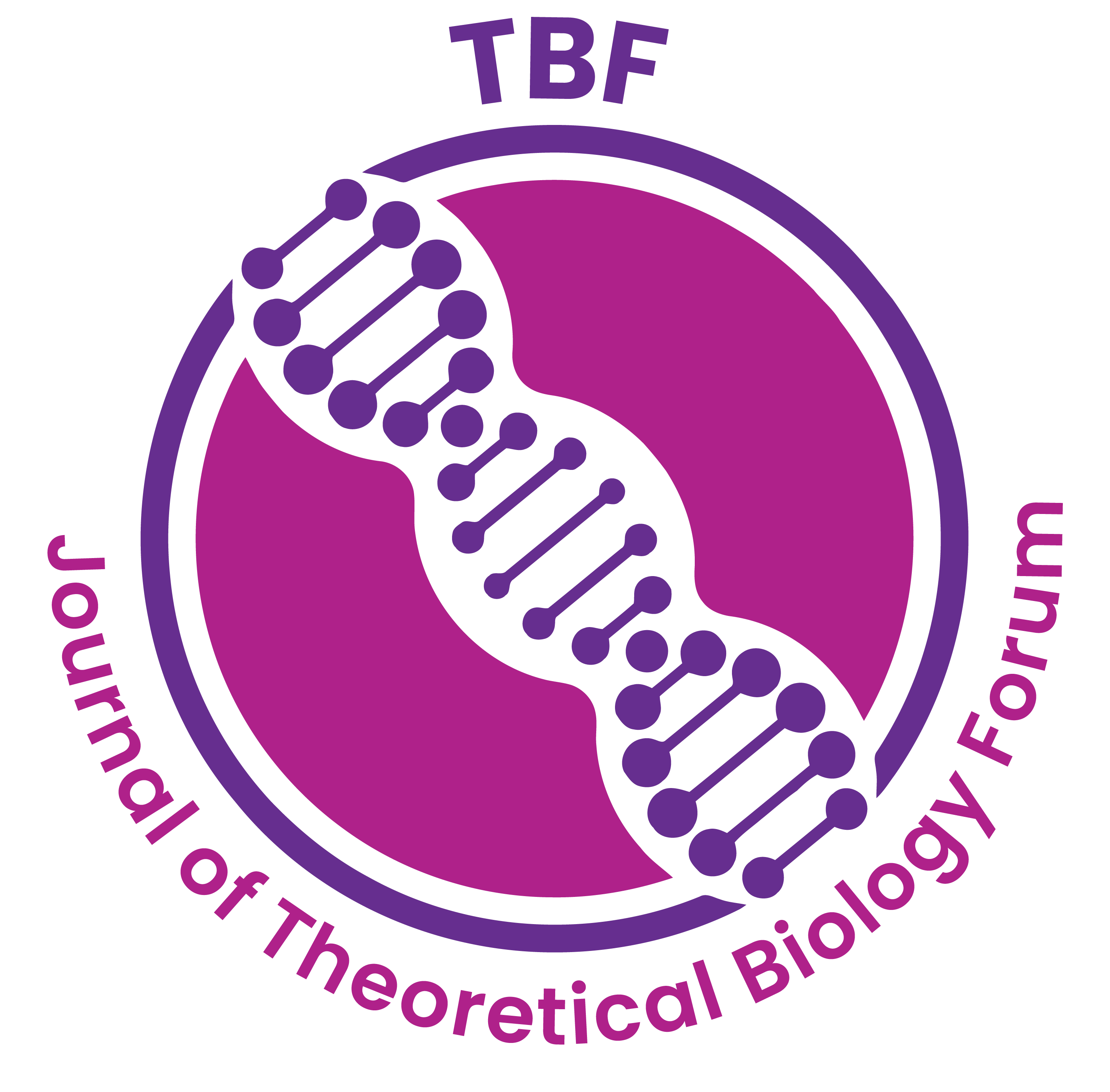Influence of different approaches and forms of fertilizer application on yield and nutrient uptake of hybrid maize
Krishna Murthy R , BhavyaN , Govinda K , Uday Kumar SN , Basavaraja PK , Mohamed Saqeebulla, H
Abstract:
Field experiments were conducted during Kharif 2016-18 at ZARS, UAS, Bengaluru to study the influence of different approaches and forms of fertilizers on maize yield and nutrient use efficiency in Kandic Paleustalf. The results revealed that 26.82% increase in maize kernel yield was recorded in 100% of STCR (Soil Test Crop Response) dose applied through soluble fertilizers (82.66 qha-1) compared to 100% RDF applied through conventional fertilizer (65.18 qha-1). Uptake of nitrogen, phosphorus, and potassium by maize kernel and stover was highest in 100 percent of STCR dose applied through soluble fertilizer than 100% RDF and LMH approach. The highest apparent recovery of nitrogen, phosphorus, and potassium was recorded in 50% of the STCR dose applied through soluble fertilizers. However, the highest value-cost ratio of 7.08 was noticed in the treatment where 100% conventional fertilizers were applied through the LMH approach. The lower VCR in soluble fertilizers applied plots was mainly due to the very high cost of these fertilizers and no subsidy was given to these fertilizers as compared to conventional fertilizers. Application of 50% STCR dose through soluble fertilizer help to save 50% fertilizer nutrients and achieve yield levels higher than the 100% of conventional fertilizers applied as per RDF.

